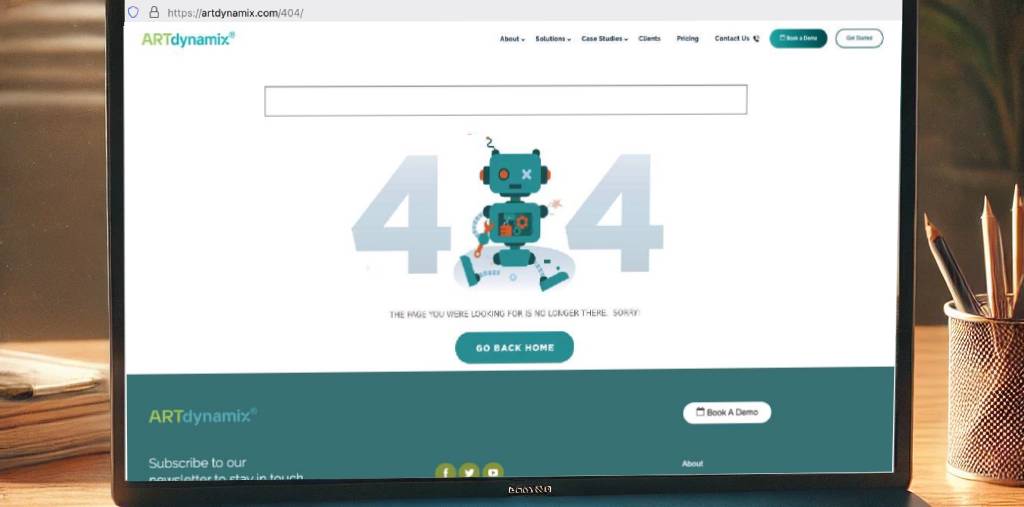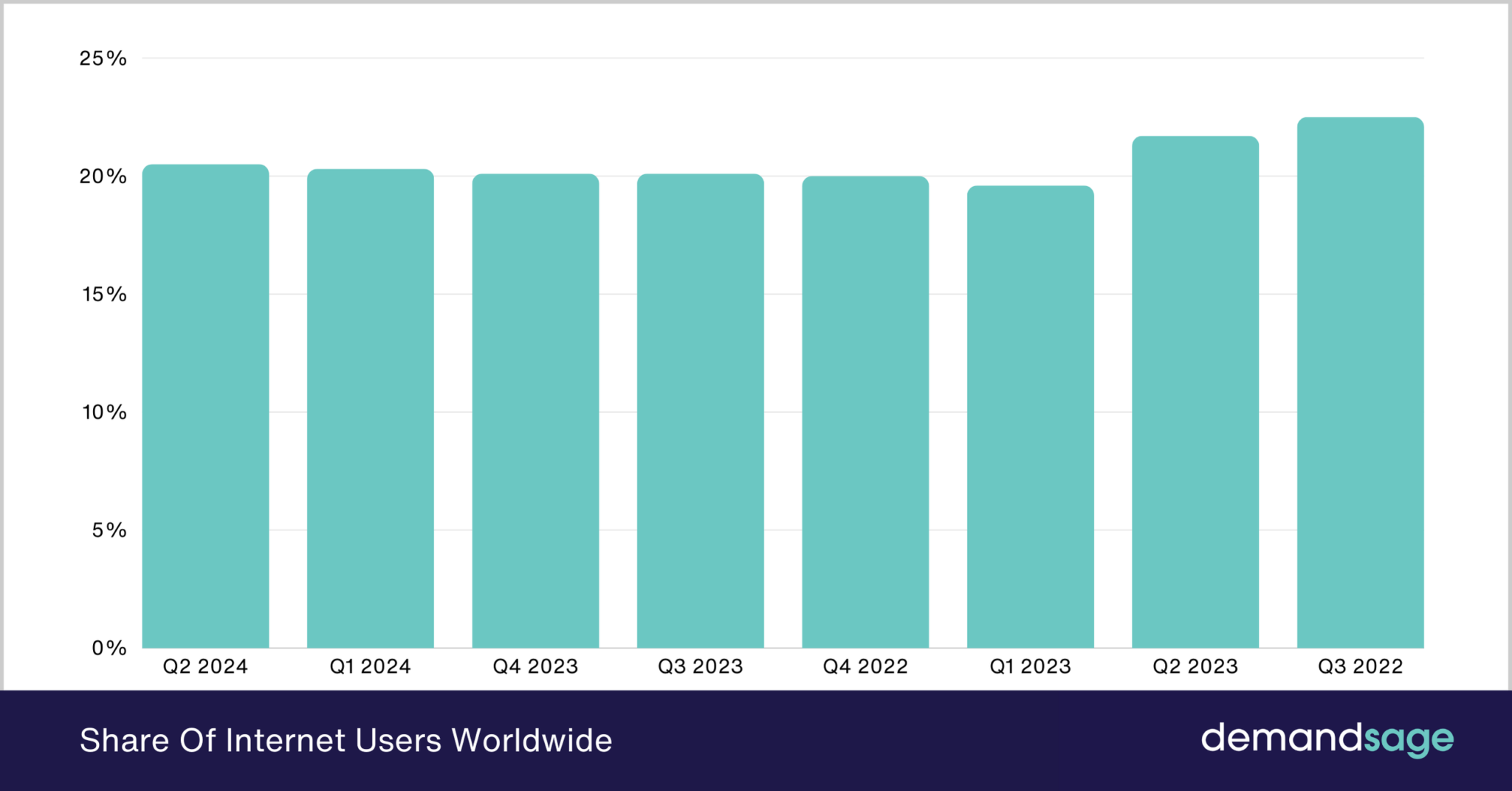January 2025 Update
In the constantly changing landscape of search everywhere optimization (SEO), it’s essential for content creators, marketers, and SEO experts to keep up with what Google expects. Google made its first significant modification to Search Quality Raters Guidelines during January of 2025 after March 2024. This update includes important new features related to artificial intelligence that could impact how you create and manage your online content.
Let’s take a closer look at these guidelines, understand why they are important, and explore how you can adjust your content strategy to keep up with these new standards from Google.
The Role of Search Quality Raters in Google’s Ecosystem
Before we explore the specific updates, we must understand exactly who these quality raters are and their role in Google’s search ecosystem.
Search quality raters are essentially Google’s human QA team. They’re contractors hired by Google to evaluate search results based on a comprehensive set of guidelines. Think of them as the human element in an otherwise algorithmic system—they provide the nuanced judgment that even the most sophisticated AI can’t quite replicate yet.
These raters review thousands of search queries and the pages that appear in the results, scoring them based on criteria outlined in the guidelines. A common misconception is that these raters directly influence your page rankings—they don’t. Instead, their assessments help Google’s engineers understand whether algorithm changes produce the desired results in Google search results.
“The raters don’t directly impact rankings, but they help us evaluate whether our systems are working as intended,” explained a Google Search representative at a recent industry conference. “Their feedback is invaluable in refining our algorithms to serve users with high-quality, relevant content better.”
The guidelines give us a window into what Google considers valuable content. While following them doesn’t guarantee top rankings with your search engine optimization, they provide clear signals about the direction Google is heading with its content quality assessment.
Significant Changes in the January 2025 Guidelines Update
The latest update shows that Google has become much better at understanding and judging different types of online content, especially when it comes to material created by AI, identifying spam, and improving user experience. Let’s take a closer look at each important change.
1. Generative AI Content: New Definitions and Classifications
The biggest change is the addition of a new part (Section 2.1) that focuses on content created by generative AI. This highlights how seriously Google is taking the rise of AI-generated content online.
Generative AI is described as technology that learns from examples to create new things, like text, images, music, and even code. This explanation helps clear up confusion about what generative AI really means.
Google demonstrates an interesting approach to handle the issue of AI-generated content. The company displays a considered outlook regarding the consequences of this technology. Google has established rules which do not view content created by AI as automatically deserving penalization. The issue arises when it’s used to mass-produce content with little unique value. AI Overviews provide AI-generated summaries for user queries, enhancing search functionality without requiring users to opt into Google’s experimental Search Labs.
“Google isn’t waging war on AI content as some have suggested,” notes Sarah Chen, digital content strategist at ContentFirst. “They’re distinguishing between thoughtful applications of AI that enhance user experience versus cynical attempts to game the system with minimal effort.”
The guidelines specifically call out web pages with unmistakable AI fingerprints, such as phrases like “As a language model, I don’t have real-time data” or “As an AI, I don’t have opinions.” Such telltale signs suggest a lack of human review and customization, which now explicitly qualify for lower quality ratings.
For content creators, this means AI can remain a valuable tool in their arsenal—but with the caveat that it should enhance, not replace, human creativity and expertise. The key is adding value that goes beyond what AI can generate.
2. Expanded Spam Definitions: From Low to Lowest Quality
The new guidelines from Google have updated their approach to identifying spammy content. They now offer more detailed categories to evaluate the quality of online content. Three specific tactics used to create spammy content are pointed out in these guidelines. This change shows how Google is getting better at determining what valuable content looks like.
Expired Domain Abuse
The method entails acquiring authoritative domain names which users can leverage through replacing their content with insignificant material to keep the search engine rankings. The guidelines have explicitly identified domain buying as a spam tactic because Google recognizes this manipulation technique.
Site Reputation Abuse
This refers to publishing third-party content on high-ranking websites to exploit their search visibility. It might also include guest posting networks, where the primary goal is link-building rather than providing value to the host site’s audience.
The guidelines emphasize that content should be appropriate and valuable to the site on which it appears. This means guest contributions need to be relevant to the site’s audience and maintain the standards of the host site.
Scaled Content Abuse
Perhaps most relevant to today’s content landscape is Google’s definition of “scaled content abuse”—using AI to generate large volumes of content that adds no additional value beyond what already exists. This directly addresses the flood of AI-generated content that rehashes existing information without new insights or perspectives. Google AI Overviews functions to enhance the search results. Search Labs includes a functionality which provides deep yet useful information responses to help users better understand their inquiries during searches. The new search format of Search Labs becomes available through the experiment to any participant who opts into the program.
Section 4.7 provides an example: “AI-generated pages that begin with phrases like ‘As a language model, I don’t have real-time data’ and end with incomplete or vague conclusions will be rated spammy.”
This represents a clear warning to those using AI tools as a shortcut to produce high volumes of content without sufficient oversight or enhancement.
3. Stricter Identification of AI-Generated Spam
The guidelines devote considerable attention to helping raters identify AI-generated content that falls into the spam category. This suggests that Google invests significant resources in distinguishing between valuable AI-assisted content and low-effort AI spam.
Key signals that might trigger low-quality ratings include:
-
-
- Content with noticeable AI artifacts (phrases like “As an AI assistant…”)
- AI-generated summaries lacking accuracy or original insights
- Content that mimics human writing but provides no unique value
- Material that answers questions generically without specificity
- Text with unnatural repetition or phrasing patterns
-
This doesn’t mean you should abandon AI tools entirely. Instead, it underscores the importance of using them thoughtfully, with human oversight and editorial enhancement.
“The line between valuable AI-assisted content and AI spam isn’t about whether AI was used—it’s about the end result,” says Elena Kowalski, content director at DigitalEdge. “Does the content solve the user’s problem better than existing resources? Does it bring new perspectives or insights? If yes, the fact that AI helped in its creation is irrelevant.”
4. New Technical Requirements for Raters
A small but important update is that Google now requires its quality testers to turn off ad blockers when they assess web pages. This way, they can see how these pages appear to regular users, including the effects of advertisements on the overall experience.
Google now focuses on ad performance effects on site performance because website owners and content creators need to consider this when seeking revenue generation.
Moreover, the guidelines also highlight Google’s ongoing experiments in Search Labs. These experiments show how the insights from quality ratings help improve new search features before they are rolled out to everyone. This gives us a peek into how Google develops its products and how these quality ratings play a role in that process.
E-E-A-T: The Foundation of Content Quality
The updated guidelines continue to emphasize E-E-A-T (Experience, Expertise, Authoritativeness, Trustworthiness) as fundamental to content assessment. However, there are some notable shifts in emphasis worth examining. Web publishers should enhance their content based on these guidelines and feedback to achieve better search rankings.
Experience: The Newest E in E-E-A-T
The latest Google update states their preference for content from individuals who base their knowledge on personal experiences. People who deliver firsthand knowledge or personal accounts or practical observations regarding products and services produce influential content.
Google has guidelines for evaluating the quality of online content, focusing on aspects like how well the information meets users’ needs. These guidelines help ensure that the search results people get are relevant and helpful. The new approach highlights that personal experiences can be incredibly valuable, even if someone doesn’t have formal qualifications. For example, a skilled home cook who has learned techniques over many years may provide more useful insights than someone who has gone to culinary school but has never actually worked in a kitchen.
For content creators, demonstrating your personal experience with a subject can significantly enhance your content’s perceived value. Personal content, case studies, and evidence of direct involvement with the topic are increasingly valuable quality signals.
Trustworthiness: The Critical Factor
The guidelines emphasize trustworthiness stands as the essential factor among all components of E-E-A-T. Quality ratings depend on content that provides complete transparency and does not use deceptive materials. According to the guidelines trustworthiness requires researchers to disclose both their sources of data and methods of data collection.
Signals of trustworthiness include:
-
-
- Clear attribution of sources
- Transparency about who created the content
- Accurate facts and information
- Absence of misleading claims
- Disclosure of potential conflicts of interest
- Regular updates to maintain accuracy
-
“Trustworthiness isn’t just about being factually correct,” notes Dr. James Norton, a digital ethics researcher. “It’s about establishing yourself as a reliable source to which users can confidently return. That’s the foundation of sustainable traffic in today’s search landscape.”
Practical Implications for Content Creators and SEO Professionals
Now that we’ve covered the significant updates let’s explore what these changes mean for your content strategy moving forward. Search engines strengthen their SEO relations as better search algorithms appear. Strategies for search optimization change as older methods fail which causes search engines to prioritize exceptional content above all else. Organizations which understand search quality assessment protocols will achieve more relevant search results.
Developing an Effective AI Content Strategy
The guidelines make it clear that AI-generated content isn’t categorically problematic—it’s all about how you use it. Here’s how to leverage AI tools effectively:
-
-
- Use AI as a starting point, not a final product: AI can draft outlines, suggest structures, and generate initial content—but human editing is essential.
- Add unique value: Enhance AI-generated content with original research, personal insights, or expert analysis that goes beyond what AI can provide.
- Remove AI artifacts: Edit out telltale AI phrases and ensure the content reads naturally.
- Fact-check everything: AI can hallucinate or present outdated information, so verify all facts before publishing.
- Incorporate your unique perspective: Add examples from your experience, case studies, or observations that AI couldn’t generate.
-
“We use AI to handle the first draft of routine content,” shares Michael Zhang, content director at TechFusion. “But then our subject matter experts substantially revise and enhance it with insights from their years of experience. The final product is unrecognizable from the AI draft.”
Quality Over Quantity: Changing Your Content Calculus
The guidelines’ emphasis on identifying mass-produced, low-value content sends a clear message: publishing frequency should never come at the expense of quality. The change requires revising your content planning to produce smaller yet more impactful material instead of multiple shorter pieces. It is essential to evaluate search results according to user needs since quality webpages may receive low rankings unless they meet the necessary user requirements.
Consider these approaches:
-
-
- Audit existing content: Identify thin or outdated pieces that could be improved or consolidated.
- Consolidate related articles: Instead of multiple short articles on related topics, create comprehensive guides that cover the subject thoroughly.
- Update regularly: Rather than creating new content constantly, update existing pieces to keep them current and valuable.
- Focus on gaps: Identify questions or topics not well-addressed by existing content rather than adding another voice to oversaturated subjects.
-
“We’ve dramatically reduced our publishing frequency,” admits Caroline Diaz, SEO manager at RetailInsight. “But our traffic is up 32% year-over-year because each piece we publish now is substantially more comprehensive and useful than we were producing before.”
Technical Considerations and User Experience
The requirement for raters to turn off ad blockers highlights Google’s attention to the complete user experience, including how monetization affects content consumption. Evaluating the quality of web pages according to Google’s Rater Guidelines is crucial. This suggests several best practices:
-
-
- Balance monetization with usability: Ensure ads don’t disrupt the reading experience or push core content below the fold.
- Optimize page speed: Even with ads, pages should load quickly and perform well on Core Web Vitals metrics.
- Improve navigation: Make it easy for users to find related content and explore your site more deeply.
- Enhance readability: Use straightforward typography, sufficient contrast, and appropriate spacing to make content easy to consume.
-
Building a Future-Proof Content Strategy
The guidelines function as indicators which guide you to direct your content approach toward Google’s definition of outstanding content. The following procedures will help you create an approach which stays effective during algorithm evolution:
Demonstrate Genuine Expertise
Whatever your topic, find ways to demonstrate real expertise or experience:
-
-
- Showcase credentials: If you have relevant qualifications, make them visible (but not obtrusive).
- Cite personal experience: Share real examples from your experience with the subject.
- Provide unique insights: Offer analysis or perspectives that add value beyond readily available.
- Show your work: Explain your methodology or reasoning to build credibility.
-
Focus on Solving User Problems
The most valuable content directly addresses user needs:
-
-
- Research common questions: Use tools like Answer the Public, Google’s “People Also Ask“ boxes, or community forums to identify real user questions.
- Provide actionable solutions: Don’t just explain concepts—show how to apply them.
- Follow up with supporting information: Anticipate follow-up questions and address them proactively.
- Test your content: Have people unfamiliar with the topic review your content to ensure it genuinely solves their problems.
-
Maintain Rigorous Quality Standards
Establish internal quality benchmarks that exceed Google’s expectations:
-
-
- Develop editorial guidelines: Create clear standards for what constitutes publishable content.
- Implement multi-layer review: Have subject matter experts and editors review content before publication.
- Gather user feedback: Actively solicit reader comments and use them to improve your content.
- Regularly audit performance: Review analytics to identify underperforming content that needs improvement.
-
Conclusion: Adapting to Google’s Evolving Standards
The January 2025 update to Google’s Search Quality Raters Guidelines reflects the search giant’s ongoing commitment to serving users with genuinely valuable content. The Google algorithms will follow this new direction because they now address AI-generated content while defining spam better and prioritizing real-world experience over mere expertise.
The guidelines provide knowledge to content creators and SEO professionals who want to create content which currently performs well while maintaining algorithm compatibility in the future. Taking away the main lesson suggests that users should make content that satisfies real human requirements with proven expertise while providing distinct worth which cannot be easily duplicated by AI systems alone.
By maintaining high standards for accuracy, originality, and user experience, you’ll be well-positioned to thrive in Google’s search ecosystem, regardless of how specific ranking factors change over time. The north star remains the same—creating content users find genuinely valuable and trustworthy.
As you refine your content strategy in response to these guidelines, remember that the ultimate judge of your content’s quality isn’t Google’s algorithms or quality raters—it’s your audience. Search visibility typically follows when you consistently deliver exceptional value to real users.
“The best SEO strategy has always been to make your content so valuable that Google looks bad if they don’t rank it,“ concludes Rodriguez. “That principle hasn’t changed with these new guidelines—it’s just been refined for a world where AI makes content creation easier but standing out more challenging.”
By understanding and adapting to these evolving standards, you can build a content strategy that survives algorithm updates and thrives because of them.






